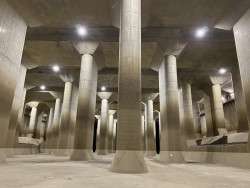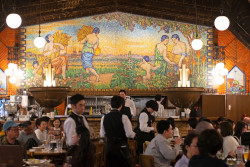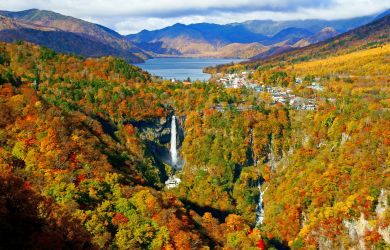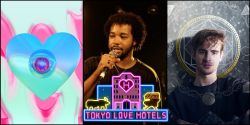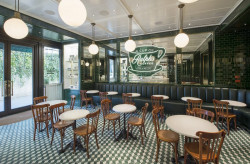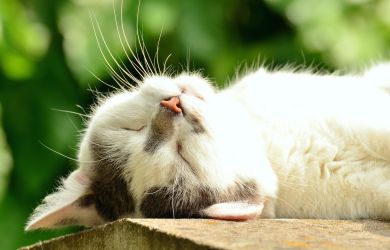
Originally published on metropolis.co.jp on November 2010

Photos by Tetsugo Hyakutake
 Where are you from and where have you traveled?
Where are you from and where have you traveled?
I grew up in Mitaka and then Kawasaki. After graduating college in Japan with an economics degree in 1999, I landed a sales job with Fujifilm. At the time, photography was just a hobby, but over the years it developed into something deeper. I believed studying in the US could provide me with the opportunity to expand my knowledge and interest in art. I was also attracted by the opportunity to work with students of diverse backgrounds. I moved to Philadelphia in 2003; six years later, after getting my Bachelor’s and Master’s Degrees in Fine Art, I began living in New York.
When did you first become interested in photography?
When I was at college in Japan, I started shooting live performances of my friend’s punk band, which led me to get involved in photography more seriously. I built my own darkroom at home and began printing black-and-white photographs by myself. That was the beginning.
What’s your inspiration?
Through my artworks, I attempt to connect historical, economic and social issues of postwar Japan with personal experiences and the voices of my generation. The Bubble economy of the ’80s and the “Lost Decade” of the ’90s have left little room for the nation’s people, especially the younger generation, to reflect upon and contemplate what it means to be uniquely Japanese. By looking back on history, I want to bring light to the present.
Tell us about your most recent show.
I had a solo exhibition at the Alan Klotz Gallery in New York, titled “Pathos,” where I showed photographs of factories, power plants, expressways, and other industrial buildings in Japan. With my photographs, I express the inherent duality of industrialization by addressing its ironic beauty. Although they offer no visual evidence of human life, the structures cannot be stripped of the humanity that surrounds them. My work is also a tribute to those who toiled to make it possible for Japan to become an economic superpower after WWII. I strive to depict this “pathos,” as well as other emotional complexities that go hand-in-hand with the advancement of modern society.
What are your goals now that you’re back in Japan?
I’m pursuing my project on postwar Japan, dealing with the debate concerning Emperor Hirohito’s responsibility for the wartime atrocities committed by Japanese forces. My works are based on historical research as well as field visits to Hiroshima, Nagasaki and Okinawa. I would like to expand and refine the project. Also, I haven’t shown any of my work in Japan yet, so I would like to expose my works to a Japanese audience and establish my status as an artist here.
What is the biggest difference between living abroad and living in Japan?
One of the biggest differences is that one culture dominates in Japan. People living here are supposed to accept the unspoken agreement on how to live. While the US has a dominant culture, it’s not necessary to follow it. I felt freer, in a way, when I was living in the US—and I appreciated that.
For more info, see www.tetsugohyakutake.com.

